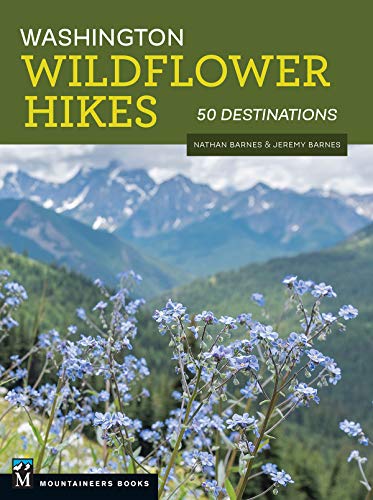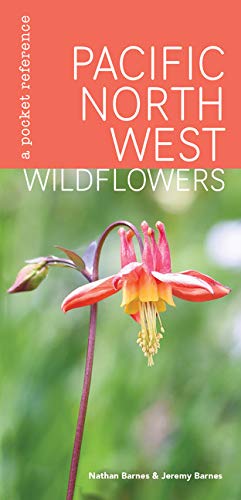Coal Creek Falls - De Leo Wall Loop - Cougar Mountain
Wander through new sections of Cougar Mountain along this loop out past a small waterfall.
Total Distance: 5.5 miles
Total Ascent: 800ft
Highest Point: 1100ft
Total Ascent: 800ft
Highest Point: 1100ft
Difficulty: Easy
Our Hiking Time: 2h 30m
Required Permit: None
Our Hiking Time: 2h 30m
Required Permit: None
To get there, take I-90 to Exit 13. Head right up the hill on Lakemont Boulevard just over three miles. Look for the entrance to the Red Town Trailhead on the left side of the road. View Google Directions >>
With 36 miles of official trails and many more miles of “unofficial” or abandoned trails, there is a lot to see on Cougar Mountain. We mapped out a rough route taking us up to the De Leo Wall and past Coal Creek Falls, though it required hop-scotching between a surprising number of trails. Fortunately, trails are coded and well signed, keeping confusion down to a minimum.
We took the Wildside Trail towards De Leo Wall, a rocky outcropping that affords something of a view of the surrounding housing developments. Trails are well maintained by thousands of booted feet and an army of volunteers. Alders and hemlocks dominate the low forest riddled with streamlets and occasional bogs. On our way back down from the wall we hooked over to see the underwhelming Far Country Falls before pushing on to Coal Creek Falls. The Coal Creek Falls Trail is mild and contains few ups and downs, making it a perfect trail for the kids or trail running, both of which were in attendance on a rainy Sunday morning. The 25’ falls can make a good rest stop along the route or are a popular destination in and of themselves.
While not our usual high-adventure, Cougar Mountain does manage to have a little something to offer everyone – history, waterfalls, miles of trail, and accessibility for the whole family. Heck, there’s even a zoo. Proximity to the city means there will be a lot of folks to share the trail with, though it isn’t too difficult to head out to more remote parts of the park to find some peace and quiet.
We took the Wildside Trail towards De Leo Wall, a rocky outcropping that affords something of a view of the surrounding housing developments. Trails are well maintained by thousands of booted feet and an army of volunteers. Alders and hemlocks dominate the low forest riddled with streamlets and occasional bogs. On our way back down from the wall we hooked over to see the underwhelming Far Country Falls before pushing on to Coal Creek Falls. The Coal Creek Falls Trail is mild and contains few ups and downs, making it a perfect trail for the kids or trail running, both of which were in attendance on a rainy Sunday morning. The 25’ falls can make a good rest stop along the route or are a popular destination in and of themselves.
While not our usual high-adventure, Cougar Mountain does manage to have a little something to offer everyone – history, waterfalls, miles of trail, and accessibility for the whole family. Heck, there’s even a zoo. Proximity to the city means there will be a lot of folks to share the trail with, though it isn’t too difficult to head out to more remote parts of the park to find some peace and quiet.
History
Cougar Mountain’s friendly greenery gives little indication of the industrial history of the area. Back in 1863, coal was discovered on Cougar Mountain. Over the next 100 years, miners would pull 11 million tons of coal from the mountain before finally sealing the mines in 1963. All that coal prompted folks to dub the area "Newcastle Hills," after England's coal-rich city of Newcastle. Soon, Newcastle Hills coal drove the the creation of Seattle's first railroad, which hauled coal from Cougar Mountain out to Lake Washington and eventually Elliot Bay. Mining towns cropped up around shafts bored into the mountain. One of those settlements was Red Town, named for the color most of the buildings were painted. The current Red Town Trail largely follows what was then Hill Street, the town's main thoroughfare running past houses, schools and businesses. Most of these settlements faded away as the coal industry declined in the 1920s, and by the time World War II was over, neighbors sought to move beyond the area's mining past, and renamed it Cougar Mountain. Today, with a little effort, one can still find the rusting artifacts, lingering cement foundations, and abandoned equipment of those bygone industries. More likely than not, a friendly interpretative sign will be nearby to lend historical context to many of the lingering traces of Cougar Mountain's past.
Nearby hikes
Similar Difficulty
Similar Features












